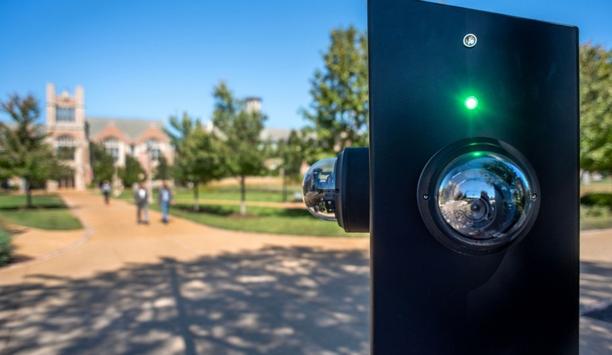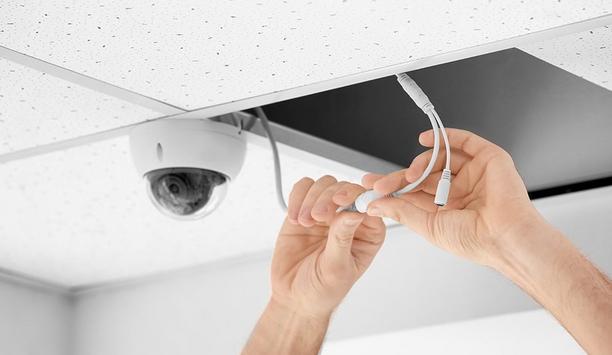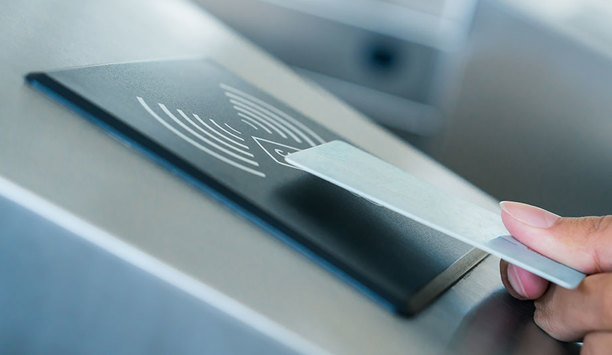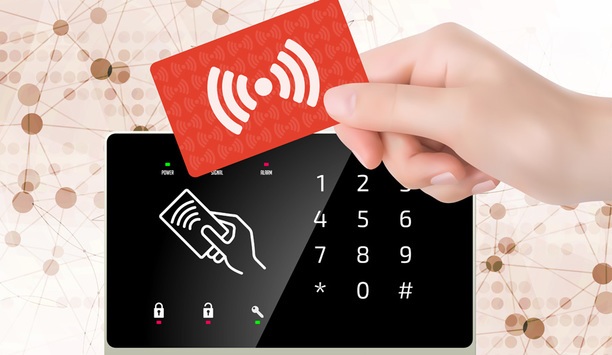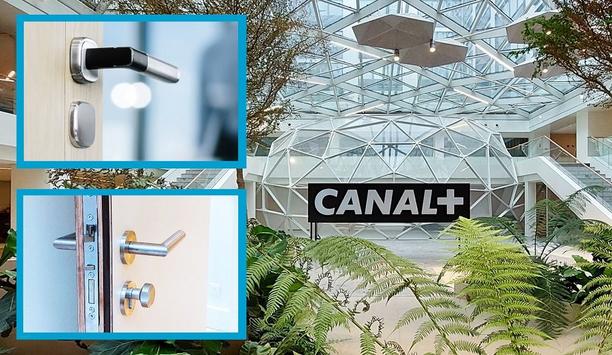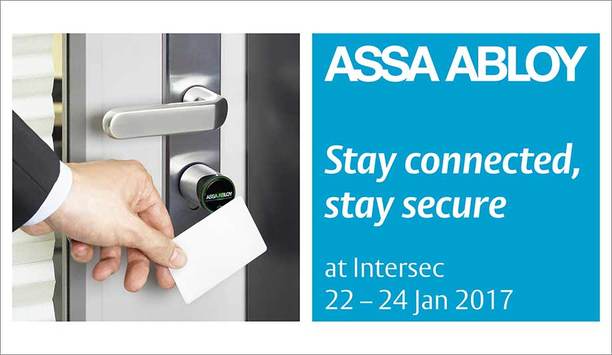Thomas Schulz

Thomas Schulz
Product Marketing Director, ASSA ABLOY Opening SolutionsThomas Schulz is Director Marketing and Communications, Digital and Access Solutions, at ASSA ABLOY EMEA.
Round table contributions
College campuses are meant to be places of learning, growth, and community. Fostering such an environment requires the deployment of policies and technologies that ensure safety and security. Consider...
The design of buildings encompasses many elements, from the practical to the aesthetic. Well-designed buildings should be functional, and they can also be beautiful and inspiring. But can security sys...
Retrofit projects provide new levels of physical security modernisation to existing facilities. However, retrofits come with their own set of challenges that can frustrate system designers and defy th...
The emergence of smart cities provides real-world evidence of the vast capabilities of the Internet of Things (IoT). Urban areas today can deploy a variety of IoT sensors to collect data that is then...
Articles by Thomas Schulz
Digital access control has well-known benefits over traditional security, of course, but also costs attached to each stage of its lifetime. However, these costs are not fixed. Many factors – inc...
The basic principles of access control are well established: only authorized people should have access to secure areas, only at times that can be defined in advance, and only within a system that can...
There’s growing noise around smart homes and smarter security. You’ve probably heard it. But there is a place where access control and more have been smart for decades: the workplace. Home...
The shift from wired to wireless access control was expected to gather pace in 2016—and that has happened. This year we at Assa Abloy surveyed a large cross-section of security professionals, se...
Everything about wireless access control makes life easier for those who install and operate it A lot of market data crosses my desk at ASSA ABLOY. Sometimes it can be hard to spot...
News mentions
Digitalizing access brings many benefits, but greater knowledge is needed when it comes to making the right long-term decision. As a pioneer in access solutions, ASSA ABLOY and its over 60 thousand e...
College campuses are meant to be places of learning, growth, and community. Fostering such an environment requires the deployment of policies and technologies that ensure safety and security. Consider...
The design of buildings encompasses many elements, from the practical to the aesthetic. Well-designed buildings should be functional, and they can also be beautiful and inspiring. But can security sys...
For its new headquarters in a Paris suburb, media giant Canal+ specified a connected smart building to enable efficient, flexible working. Choosing the right connectable access technologies can be a t...
The emergence of smart cities provides real-world evidence of the vast capabilities of the Internet of Things (IoT). Urban areas today can deploy a variety of IoT sensors to collect data that is then...
Retrofit projects provide new levels of physical security modernisation to existing facilities. However, retrofits come with their own set of challenges that can frustrate system designers and defy th...
In business and at home, the smartphone is a remote control for our lives. It’s a calendar and a credit card. We book holidays and do our daily banking. With video calling technology, we can eve...
ASSA ABLOY will be exhibiting at Sheikh Saeed Hall 2, Stand H12 at Intersec 2017 As public and private sector organizations around the world seek cost-efficient access control solut...
The wireless electronic access control innovations on exhibit will include eCLIO, Aperio and SMARTair ASSA ABLOY to exhibit additions to their flagship card- and key-based access co...
ASSA ABLOY products are shaping customer demands & setting out to change perceptions Access control is changing. At IFSEC 2015 (D1700, Hall S17), ASSA ABLOY showcases the pr...
